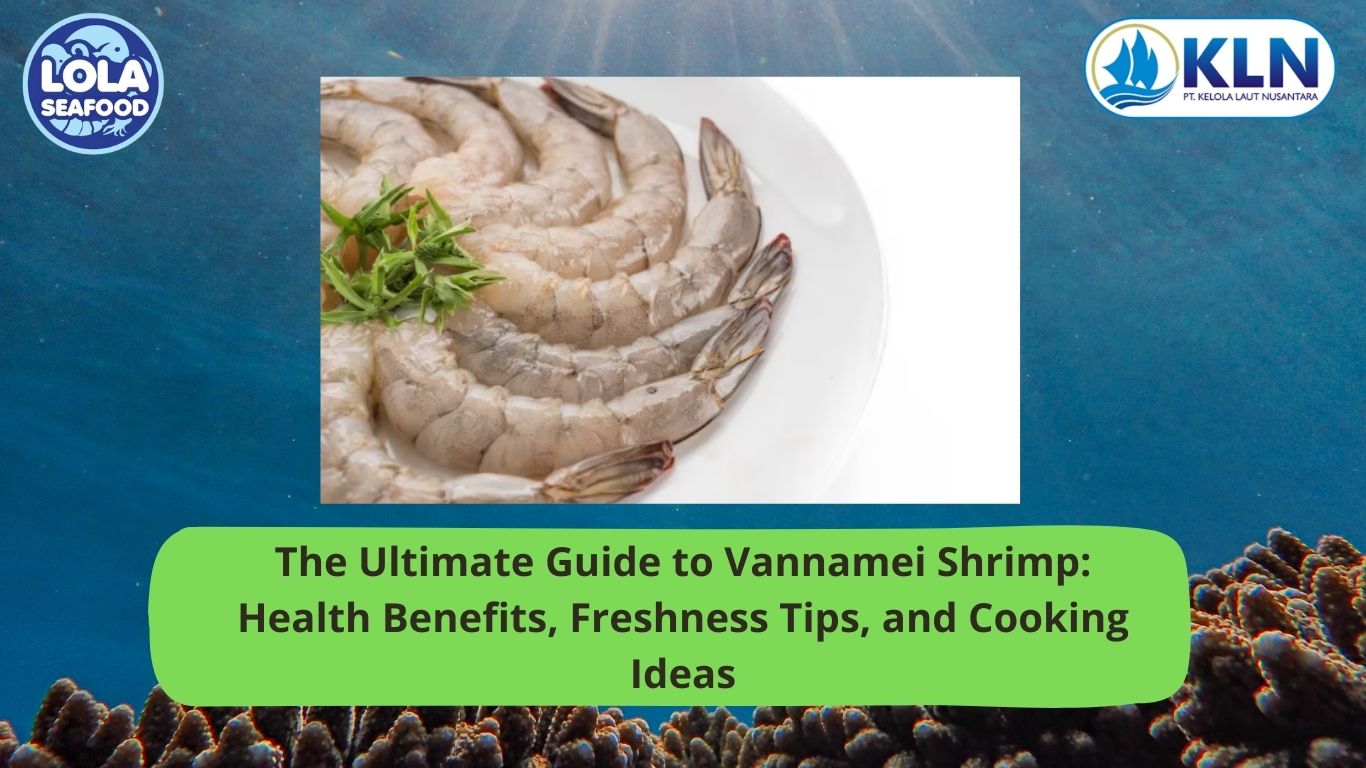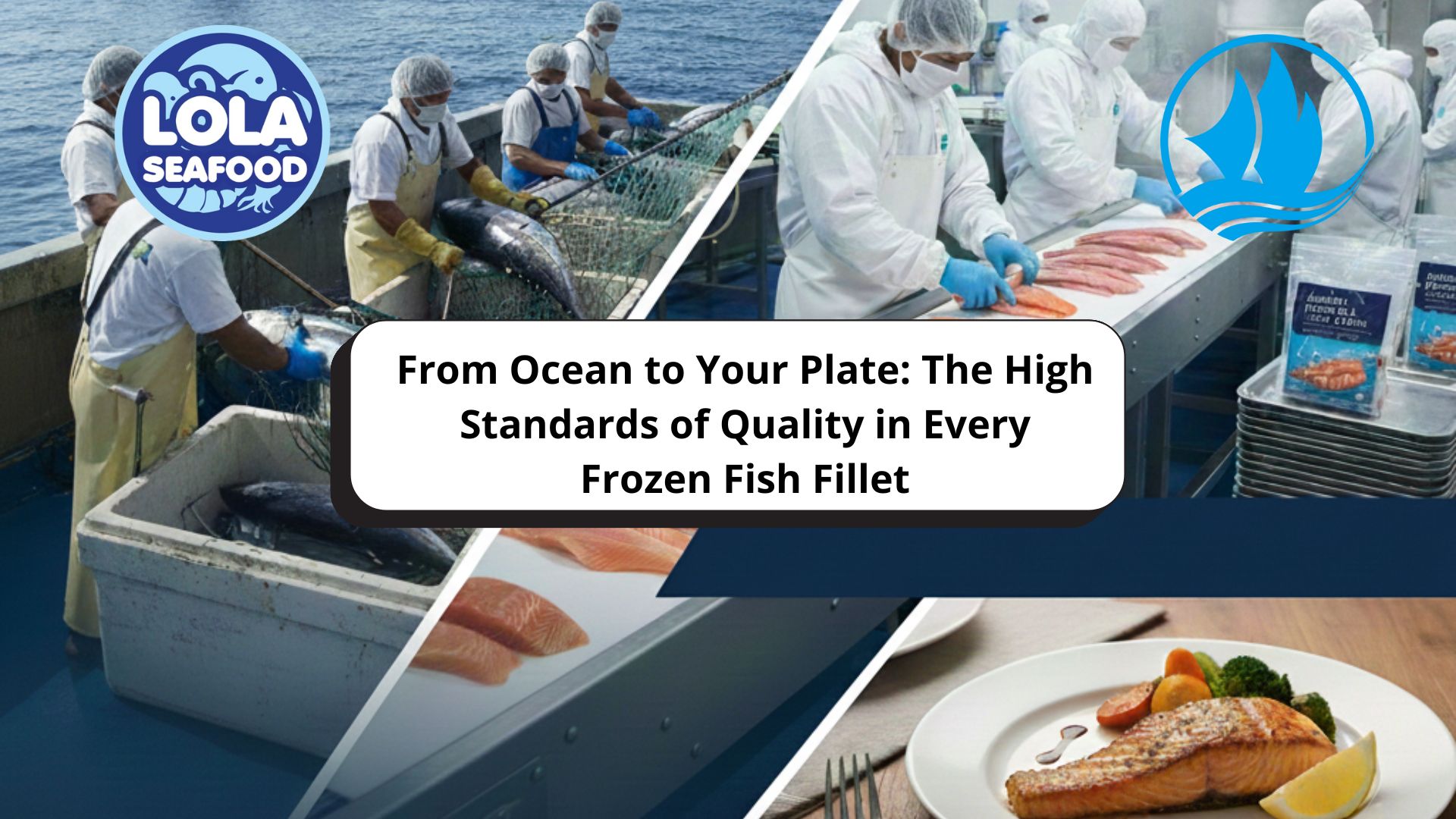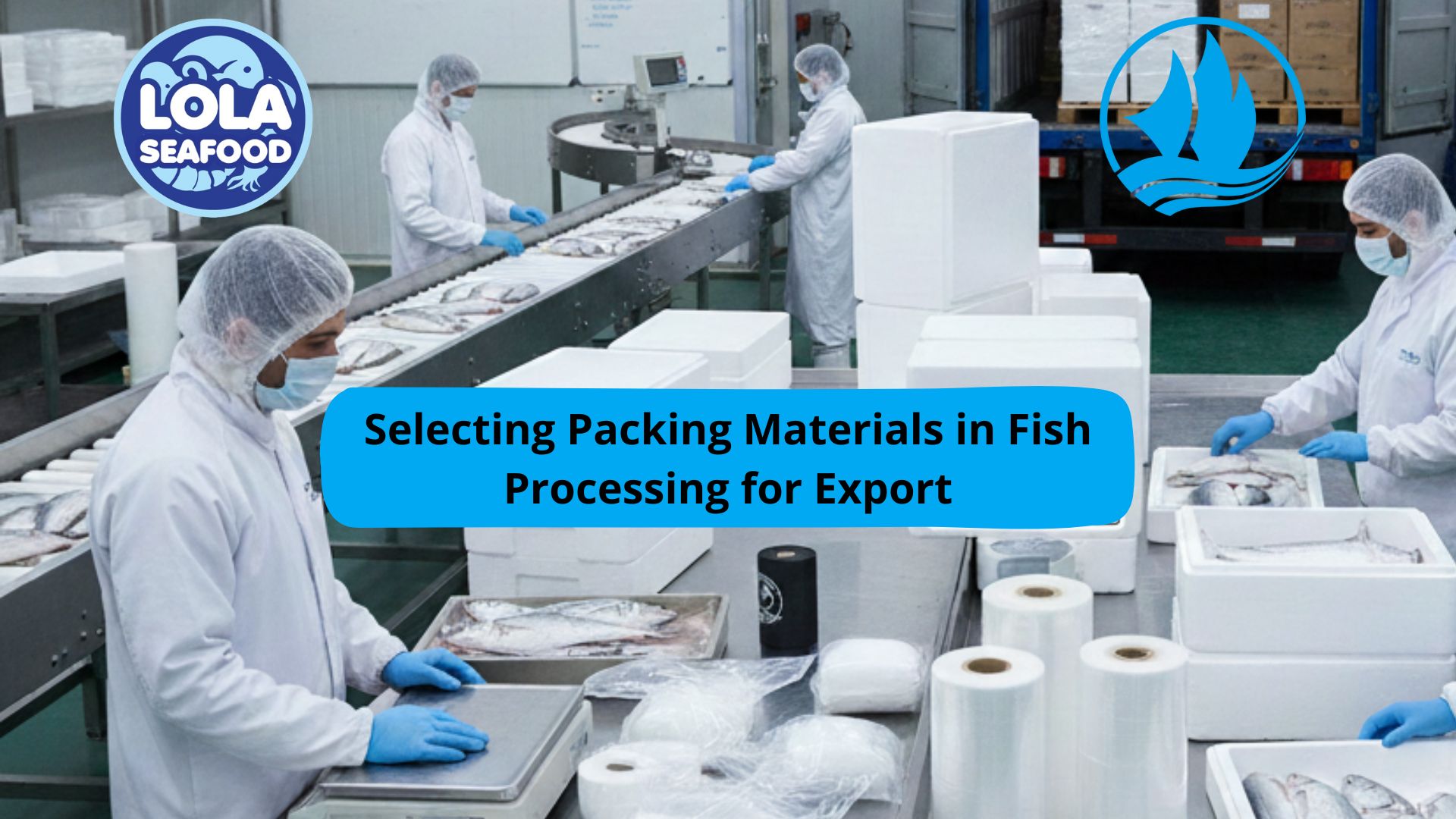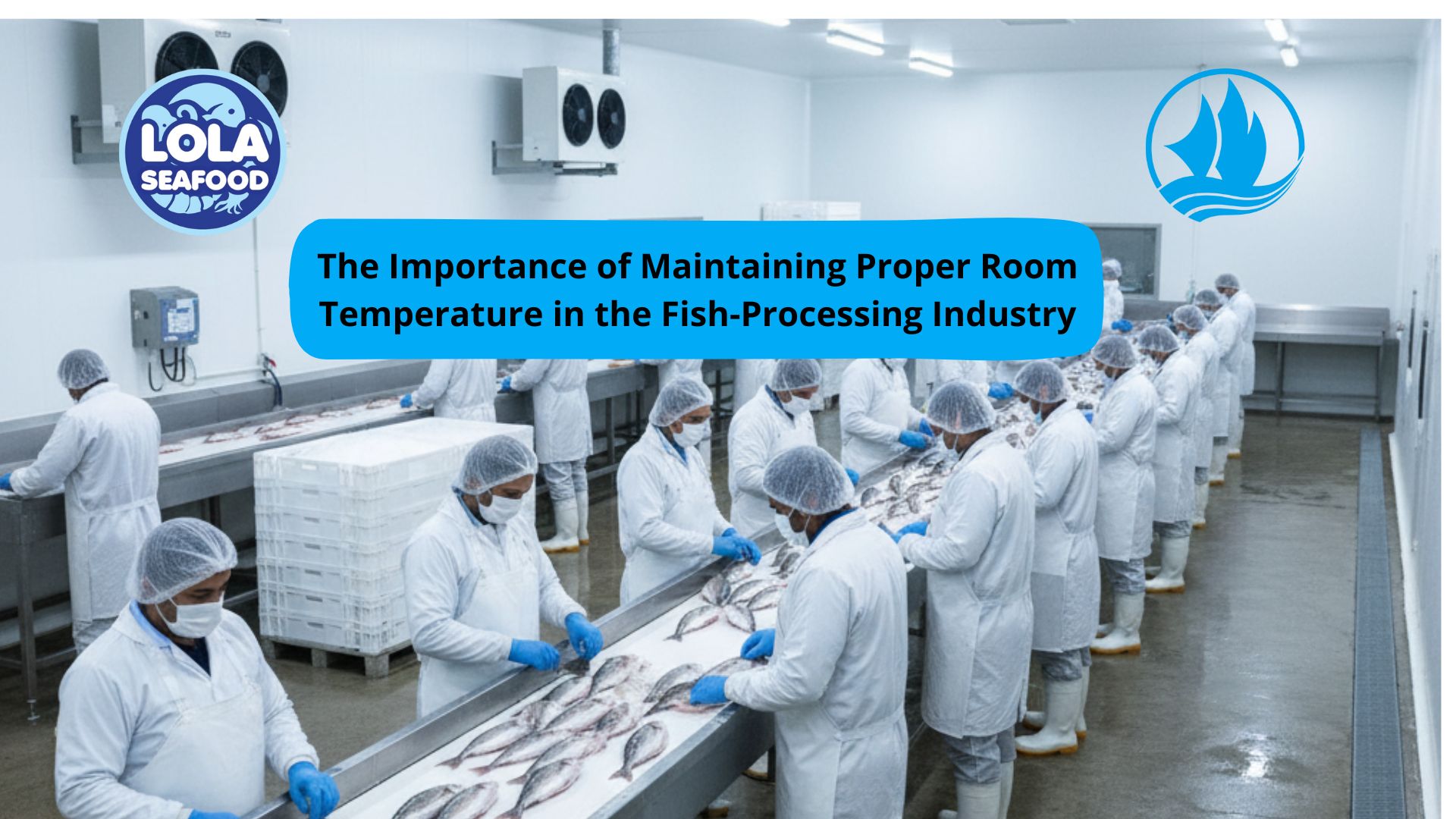The Ultimate Guide to Vannamei Shrimp: Health Benefits, Freshness Tips, and Cooking Ideas
By. Kusni - 29 Sep 2025
Kelolalaut.com
Health Benefits
1. High-Quality Protein Source
- Rich in protein (18–20 g per 100 g serving).
- Supports muscle growth, tissue repair, and overall body maintenance.
2. Low in Calories & Fat
- Contains only ~90–100 kcal per 100 g.
- Very little fat (0.5–1 g), making it suitable for a weight management diet.
3. Rich in Omega-3 Fatty Acids
- Provides EPA and DHA, essential for:
- Heart health (reducing risk of cardiovascular disease).
- Brain development and memory.
- Eye health and reducing inflammation.
4. Packed with Vitamins & Minerals
- Vitamin B12 → nerve function & red blood cell formation.
- Vitamin D → strengthens bones & boosts immunity.
- Selenium → a powerful antioxidant that protects cells.
- Zinc & Iron → support immune system and prevent anemia.
- Phosphorus → maintains strong bones and energy metabolism.
5. Supports Immune System
- Minerals like zinc, selenium, and iron enhance resistance against infections and help in wound healing.
6. Good for Skin & Anti-Aging
- Astaxanthin (a natural antioxidant pigment found in shrimp) may protect skin from UV damage and support healthy skin.
7. Diet-Friendly
- Low fat, low carb, and high protein = excellent choice for low-carb, keto, or weight-control diets.
Things to Keep in Mind
- Shrimp contains cholesterol (~140–150 mg per 100 g). For most people it’s fine in moderation, but those with high cholesterol or heart disease risk should balance intake.
- Source matters: choose shrimp from safe, certified farms to avoid contamination (antibiotics, heavy metals).
- Always cook properly to reduce risk of bacteria or parasites.
Tips to Choose Fresh and Good Quality Vaname (Vannamei) Shrimp
1. Appearance & Color
- Fresh vaname → translucent, shiny, slightly bluish or grayish.
- Avoid shrimp that look dull, yellowish, or with black spots (signs of aging or poor handling).
2. Shell Condition
- Shell should be firm, intact, and glossy.
- Avoid cracked, broken, or soft shells (could mean old or thawed/refrozen shrimp).
3. Texture
- Flesh should feel firm and elastic when pressed.
- If mushy or leaves a fingerprint → it’s no longer fresh.
4. Head & Tail
- Head should be firmly attached to the body.
- Loose, falling-off heads indicate poor freshness.
- Tail should not be dry or discolored.
5. Smell
- Fresh shrimp = mild sea-like aroma.
- Avoid shrimp with a strong ammonia-like or sour smell (a sign of spoilage).
6. Eyes
- Eyes should be full, shiny, and black.
- Sunken or cloudy eyes → not fresh.
7. Storage Condition
- If buying frozen shrimp → packaging should be intact, without excess ice crystals (a sign of thaw-refreeze).
- If live shrimp → they should be active and moving, not weak or floating.
8. Source & Certification
- Choose shrimp from trusted suppliers or farms with proper safety certifications (HACCP, GAP, or local food safety standards).
- Prefer products labeled as antibiotic-free or sustainably farmed.
Simple and Popular Ways to Cook Shrimp
1. Boiling (Quick & Easy)
- Bring water to a boil (optionally add salt, lemon, garlic, or bay leaf).
- Add shrimp and cook 2–3 minutes until they turn pink and opaque.
- Drain immediately and serve warm or chilled.
2. Steaming
- Place shrimp in a steamer basket over boiling water.
- Steam for 3–5 minutes until pink and firm.
- Keeps shrimp tender and juicy.
3. Grilling
- Marinate shrimp with olive oil, garlic, lemon juice, or spices.
- Thread onto skewers (optional).
- Grill over medium-high heat for 2–3 minutes per side.
4. Sautéing / Stir-frying
- Heat a little oil or butter in a pan.
- Add shrimp with garlic, herbs, or sauce.
- Cook 2–4 minutes, stirring until pink.
5. Baking / Roasting
- Preheat oven to 200°C (400°F).
- Toss shrimp with olive oil, garlic, herbs, or seasoning.
- Bake for 8–10 minutes until opaque.
6. Deep-Frying
- Coat shrimp in batter or breadcrumbs.
- Fry in hot oil (175°C / 350°F) for 2–3 minutes until golden.
- Drain excess oil.
If youre interested in our Gummy Shark Fillet please do not hesitate to contact us through email and/or Whatsapp




.jpg)

.jpg)

.jpg)